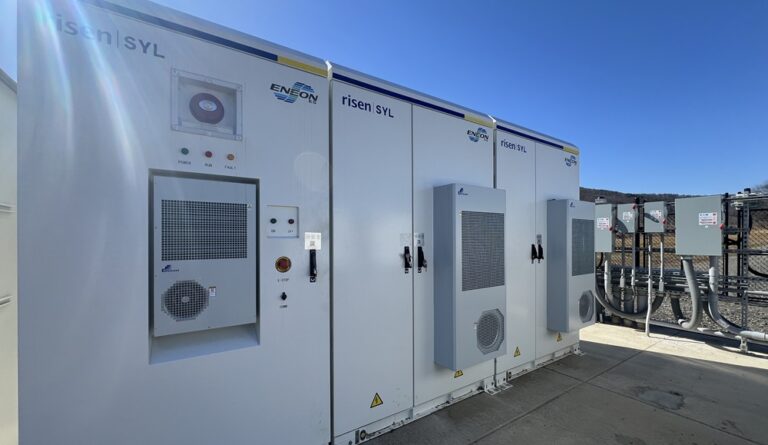One to four hours of battery storage for a solar power plant can significantly increase on-site revenues in areas with high population density or abundant solar energy. However, the added value decreases for storage capacities above four hours.
There are more and more queues on the electricity grid dominated by solar energy projectswith a significant portion relating to solar-plus-storage (hybrid) facilities. In recent years, the side markets in Texas and California evening peak demand were the main targets for battery investments.
As these markets become more competitive and Battery costs continue to falldevelopers are exploring new opportunities to maximize value, such as renovation of existing solar power plants. Industry leaders like NextEra And BayWa re have indicated that retrofits will be an important source of revenue in the future.
As expected, the study found that solar and storage power plants located near high-demand areas, which face constraints in building new capacity and experience higher energy prices, could see significant revenue increases. Additionally, regions with an abundance of variable renewable energy (VRE), such as solar and wind, also benefited from adding short-duration battery storage.
For example, in Texas, battery storage is typically suitable for: capacity of one hourwhile in California it is on average round four o’clock.
When modeling scenarios with increasing amounts of energy storage combined with solar energy facilities, the researchers noted notable differences. Solar power plants in load center regions experienced significant revenue increases, while VRE-rich regions saw higher percentage increases. This reflects the higher energy costs in load centers, as opposed to VRE-dominated areas where prices are often suppressed, yet large “duck curve” opportunities exist.
The most significant percentage increase in revenue per kilowatt hour came from adding an initial one-hour battery upgrade.
In load centers, converting standalone plants to solar-plus-storage with one hour of storage increased the value of those plants by 48.8%, from $33.8/MWh to $50.3/MWh. In VRE-rich areas, this trend was even more pronounced: one-hour batteries increased the median values of solar and wind power plants by 80.5% and 81.1%, respectively.
The EMP study contains an important caveat: the revenue model assumes “perfect foresight,” an ideal scenario in which solar and storage plant operators can perfectly predict the best times to store and release energy. In reality, operators face uncertainty in determining the optimal charging and discharging periods.
The discovery that more than four hours of storage provided minimal additional revenue came as a surprise to the researchers. According to the study “the [revenue per kilowatt-hour] The increase in duration from five to eight hours was much smaller (7.3% and 6.1% for solar and wind energy, respectively).
Another notable finding was that retrofitting a solar power plant with energy storage significantly increases the likelihood of generating electricity during the “top 100 net charging hours” of the year, from as little as 20% with one hour of storage to as much as 100%. with five or more hours of storage.
The authors also weighed the tradeoffs between maximizing battery life and optimizing for near-term revenue, noting that “more sophisticated treatment of battery degradation could enable greater value maximization for owners of solar power plants with storage .” Across battery degradation models, turnover varied by up to 18%.
With recent developments in battery life, such as “five years without relegation” costs would further increase the revenue potential for these facilities.
Lower degradation rates also create new revenue opportunities by allowing facilities to charge at lower rates from the grid during non-solar hours. This possibility, now allowed under the US Inflation Reduction Actadds an estimated $0.012/kWh in revenue opportunities.
This content is copyrighted and may not be reused. If you would like to collaborate with us and reuse some of our content, please contact: editors@pv-magazine.com.
Popular content



